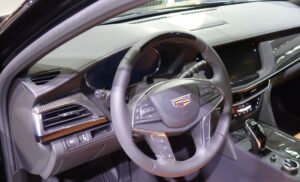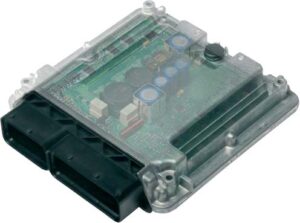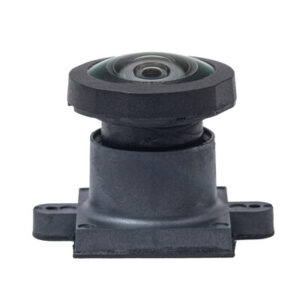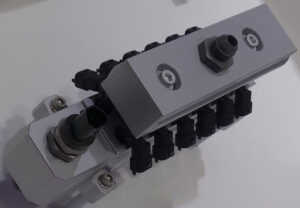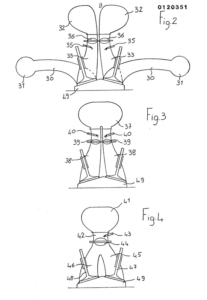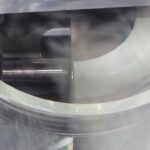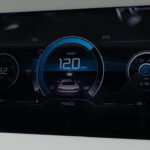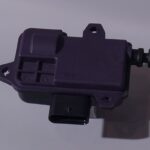
In this system (MK 100 MAB PYA), a new type of sensor is optionally integrated directly on the circuit board of the ABS. Thanks to this high integration, a separate motorcycle inertial measurement unit is no longer required. The mechanical holder for it on the motorcycle is eliminated, no wiring harness is required, and production becomes easier for the motorcycle manufacturer.
PYA (Pressure, Yaw, Acceleration) means that the sensor technology measures all three rotation rates and all three accelerations in space. The company’s expertise in sensor integration and sensor technology stems from decades of experience with electronic brake systems in passenger cars. Series production and delivery of the enhanced 2-channel ABS to a major international motorcycle manufacturer is scheduled to start in 2024.
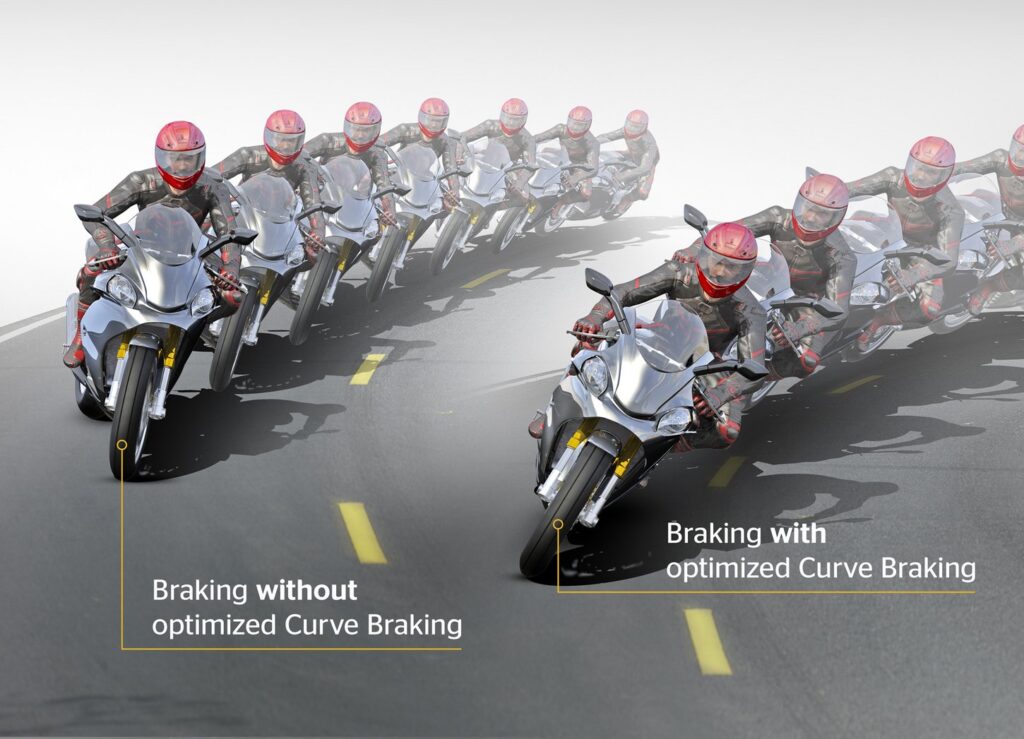
An ABS ensures the shortest possible braking distance during emergency braking, allowing the driver to maintain control in extreme situations. With the additional function of optimized curve braking (oCB), this also applies to emergency braking while leaned into a turn: from a certain angle of inclination, ABS with oCB controls the brakes even more sensitively to prevent the machine from pitching up in the curve and thus losing control. The prerequisite for such comprehensive safety functions are sensors, which were previously installed on the motorcycle as a separate unit.
If the motorcycle manufacturer chooses the option with integrated sensor unit, an innovative sensor element inside the ABS on the MK 100 MAB PYA detects lateral acceleration and rotation rates on all spatial axes, thus providing the data basis for advanced protective functions such as optimized curve braking and lift-off detection of the rear wheel. Despite this higher degree of integration in the ABS, Continental’s developers managed to retain the highly compact dimensions of the previous generation of 2-channel ABS.

